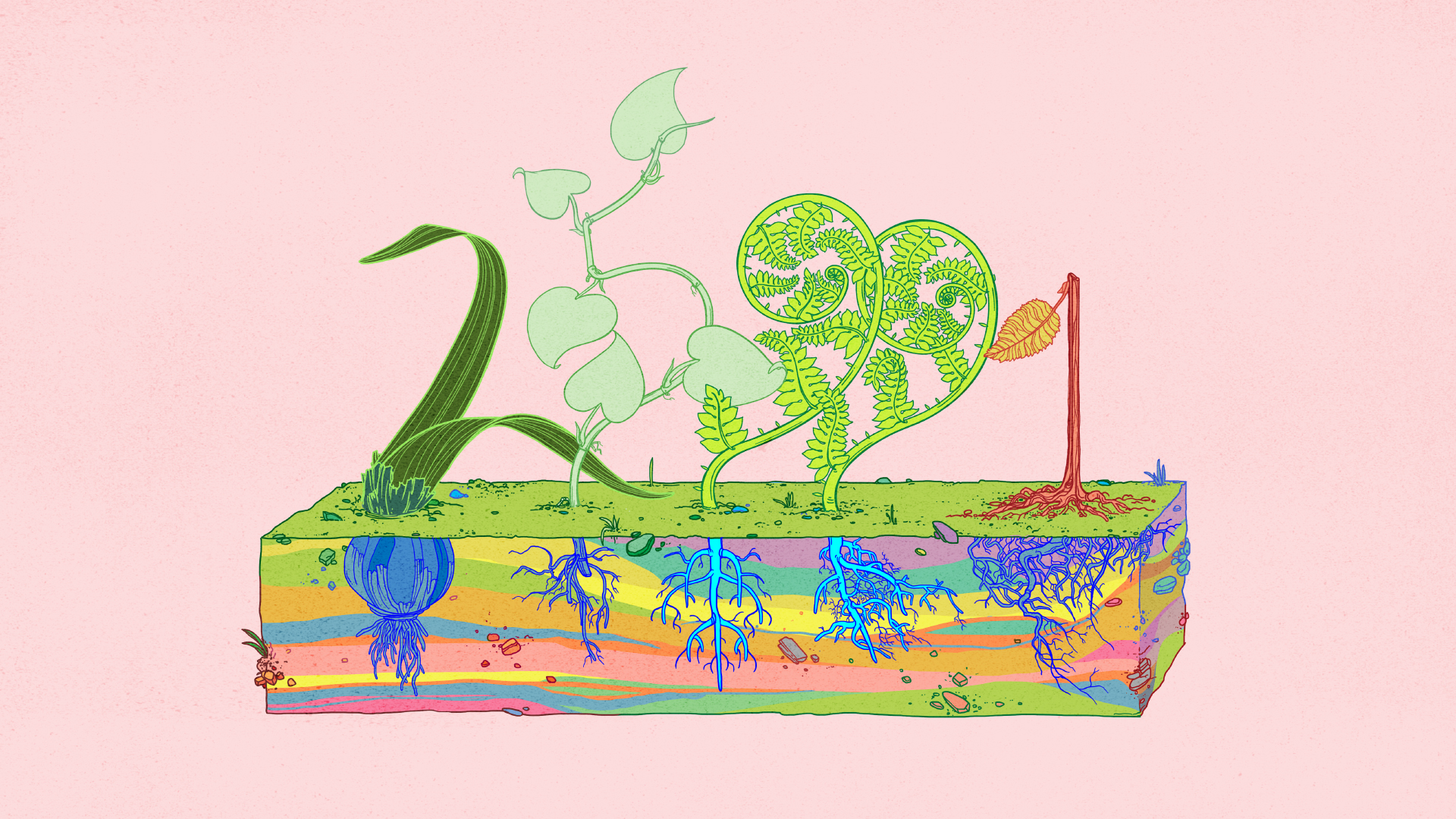Team building exercise to help increase velocity and quality
Are you looking for a team building exercise that will show how scrum works? Try this team building exercise to increase velocity and quality on your team. Try making paper airplanes as a team. If you have a team of 10 people, split the team into two teams. You will try to build as many paper airplanes as possible and also measure a distance that the planes will fly. Here's how it works:
Run 3 - 6 minute sprints to build as many paper airplanes as possible using plan, do, check, act (PDCA). You will take 1 minute to
plan how you'll build the paper airplanes. You'll take 3 minutes to
build as many paper airplanes as possible. Then you'll take 2 minutes to
check basically a retrospective. What went well? What can be improved? Lastly, you'll
act differently based on the answers from the check cycle.
In this exercise, there will be four roles:
- Checker - One person will check how many paper airplanes are built and can actually fly.
- Inspector - Another will work as part of the assembly process, but will also pay attention to the process itself and look for ways that the team can make better planes and speed up their production.
- Builders - Everyone else will concentrate on building as many paper planes that can actually fly the distance in the assembly time allowed.
- Timer - One person will focus on keeping the time of each cycle.
Each team will measure how many planes fly the measured distance after each sprint. You will notice by doing this exercise the team will make better paper airplanes after each sprint. By using PDCA which scrum was taken from you will build better paper airplanes because you're constantly looking for areas where you can improve.
Adopted from the book “Scrum: The Art of Doing Twice the Work in Half the Time” by Jeff Sutherland




